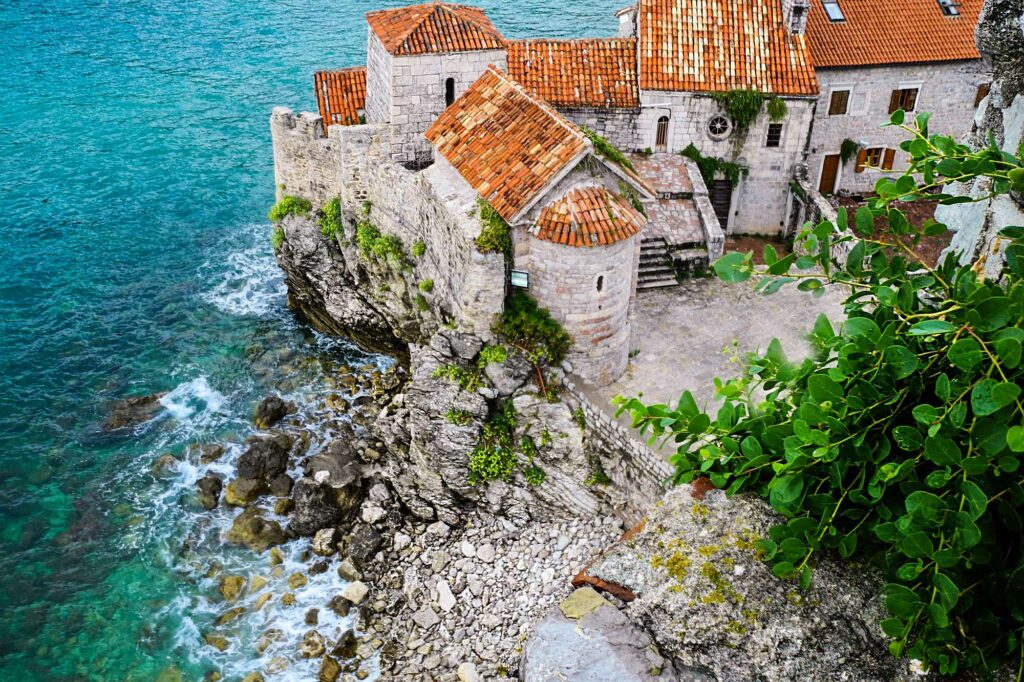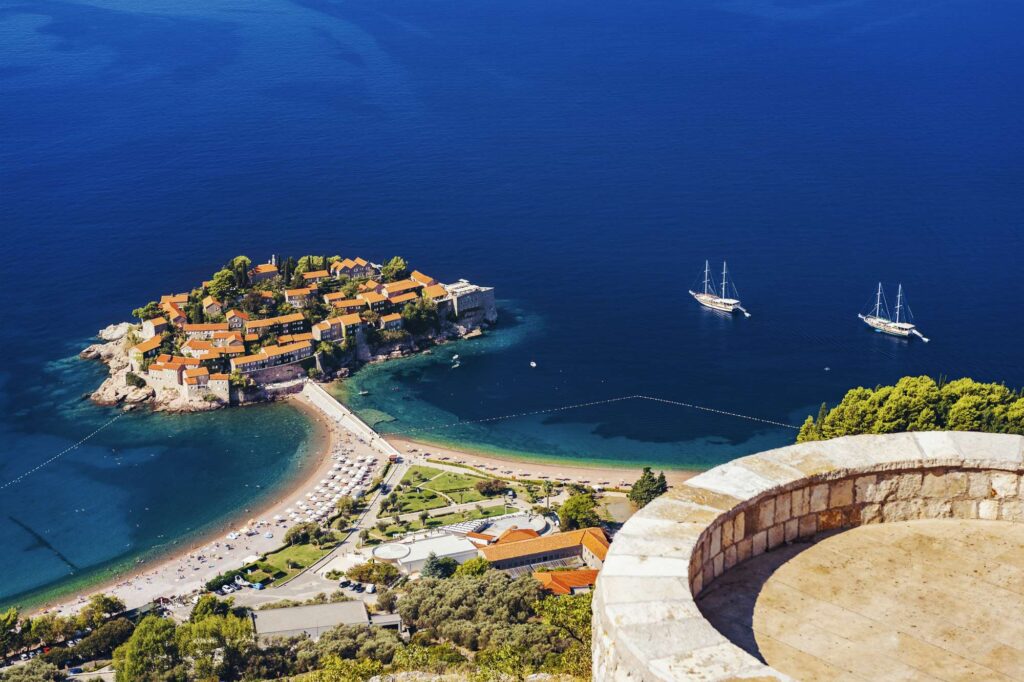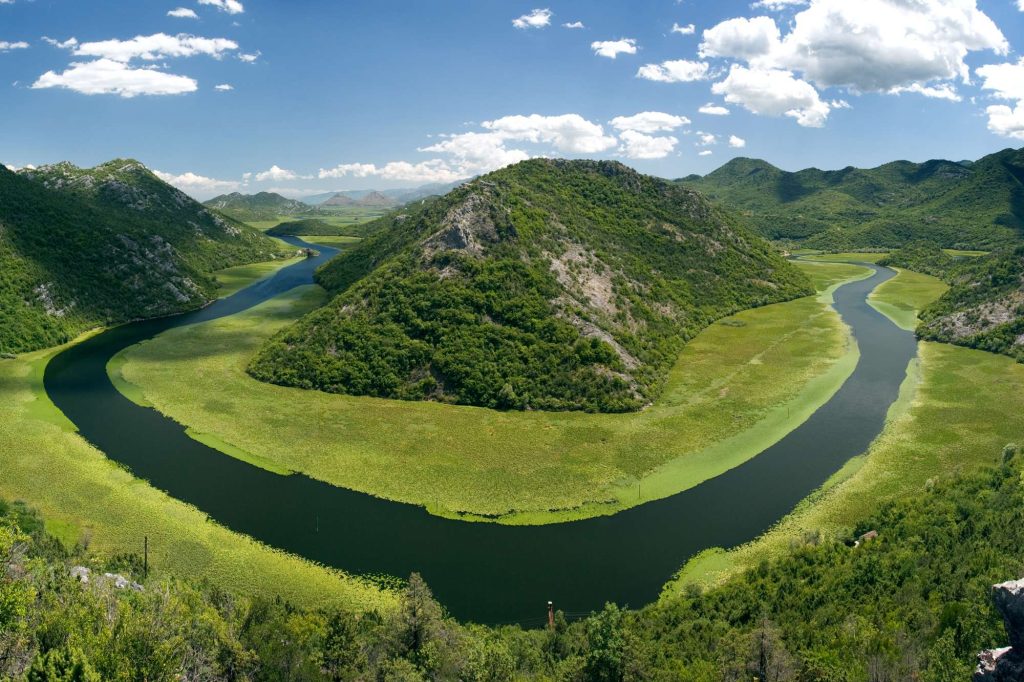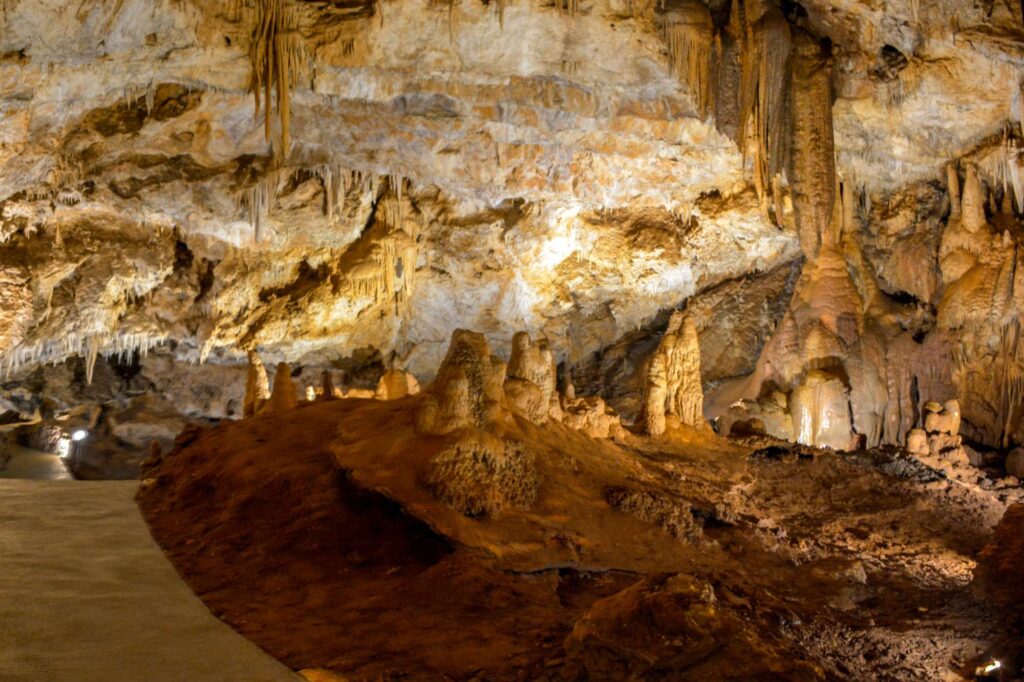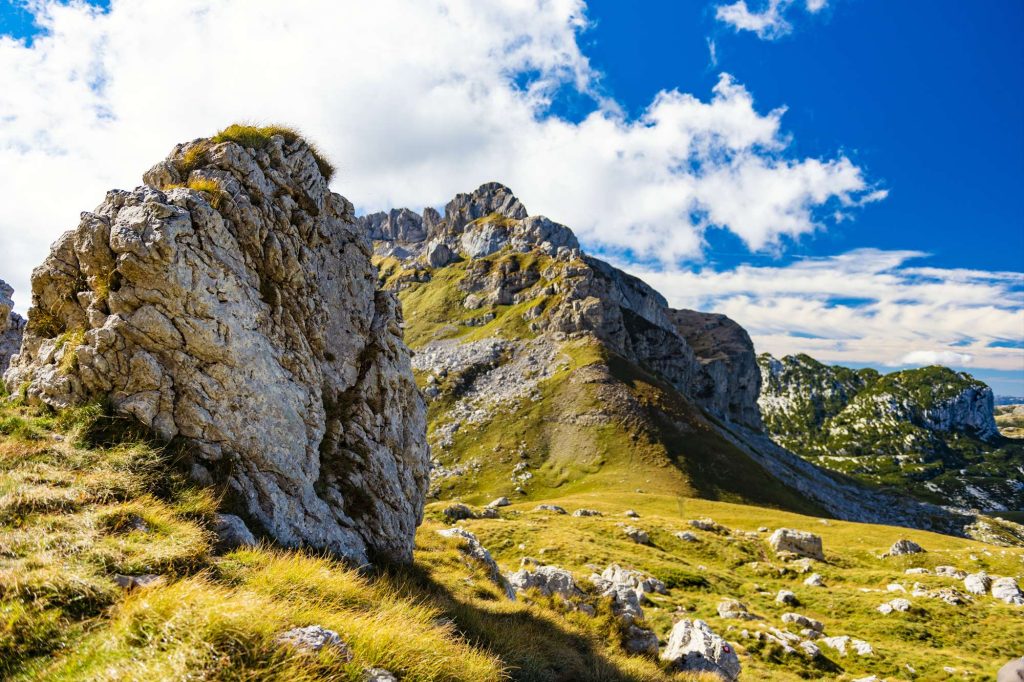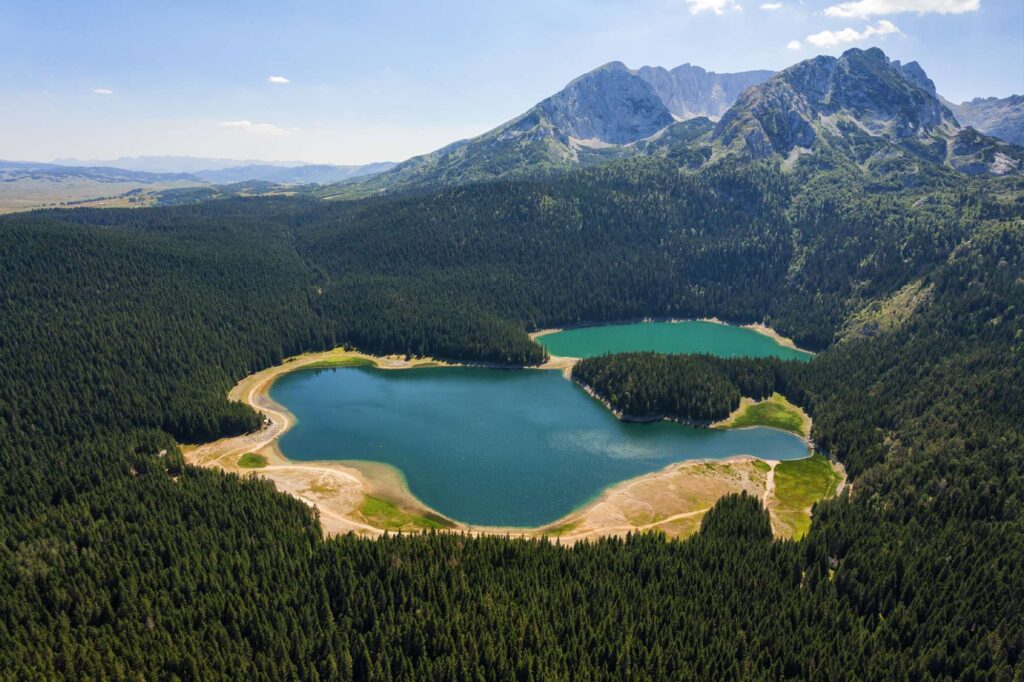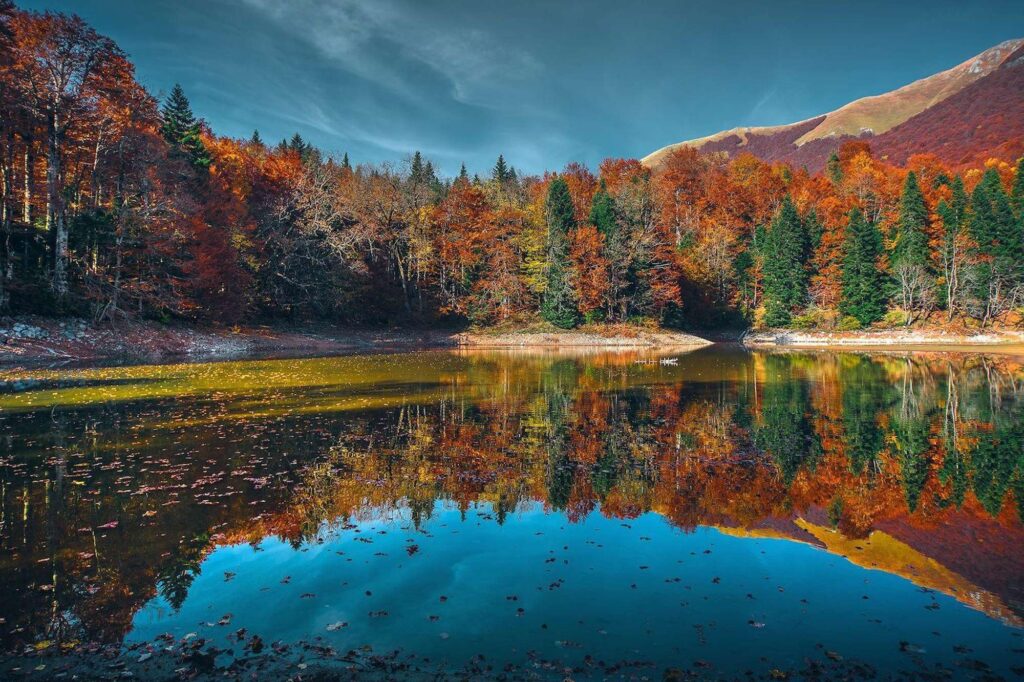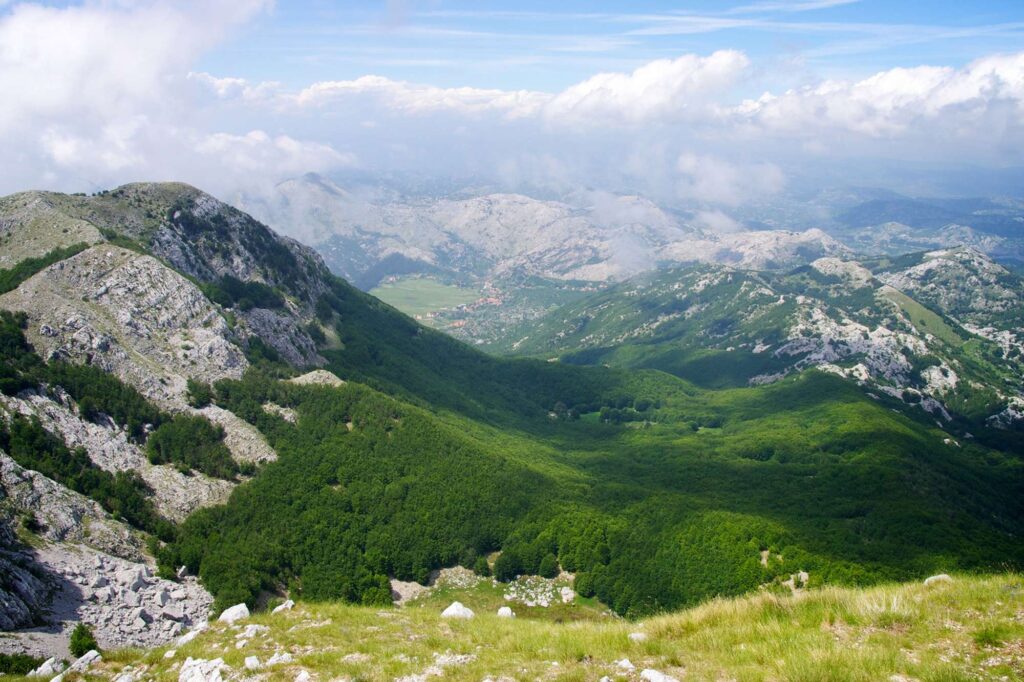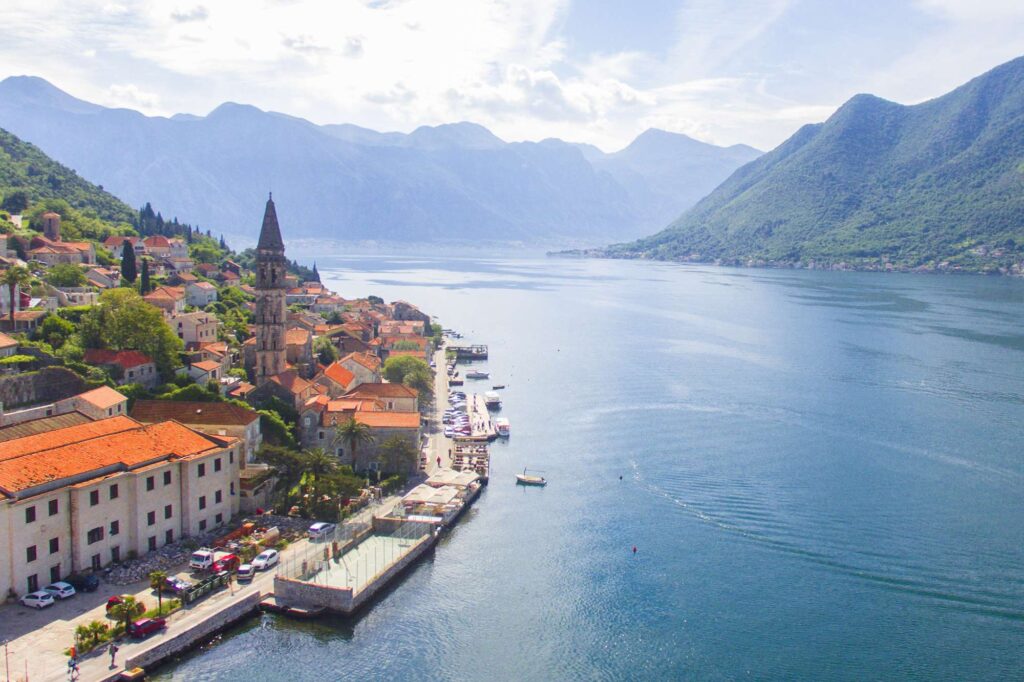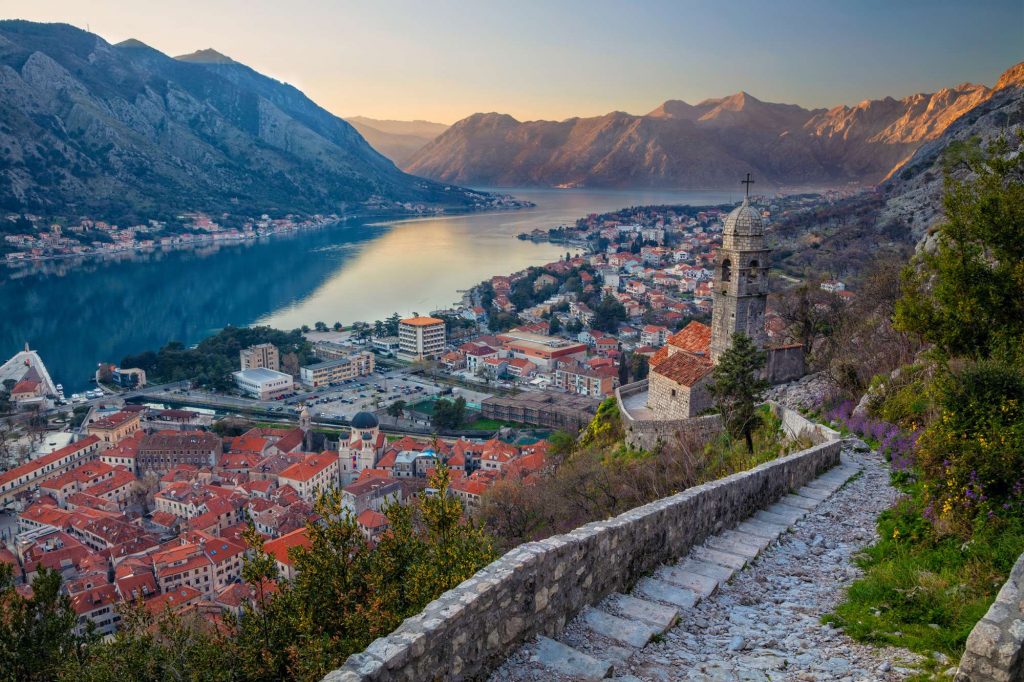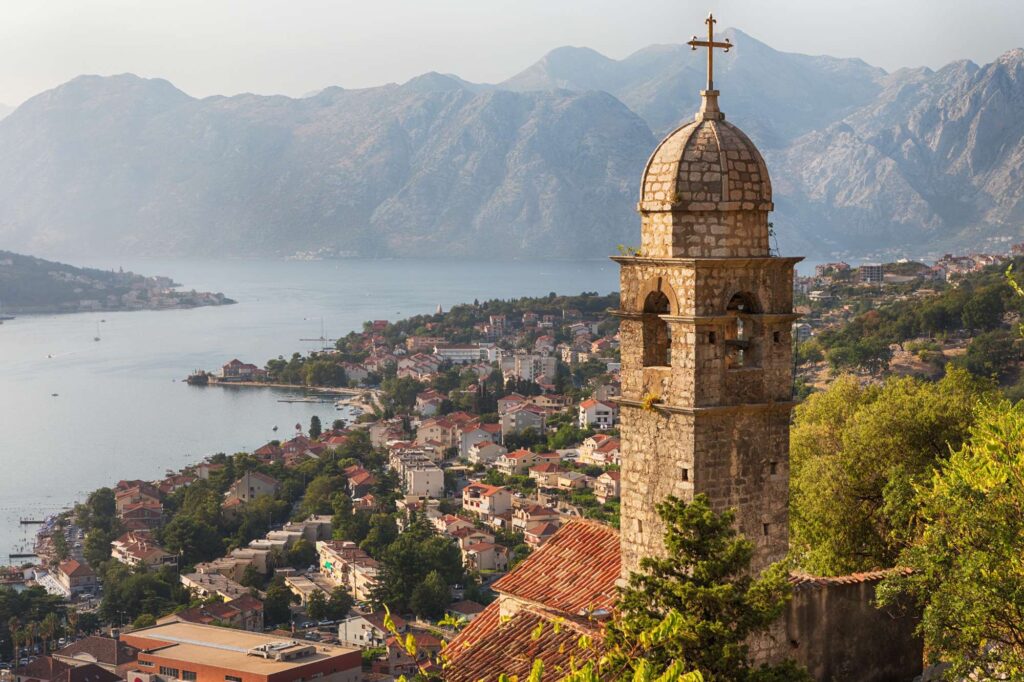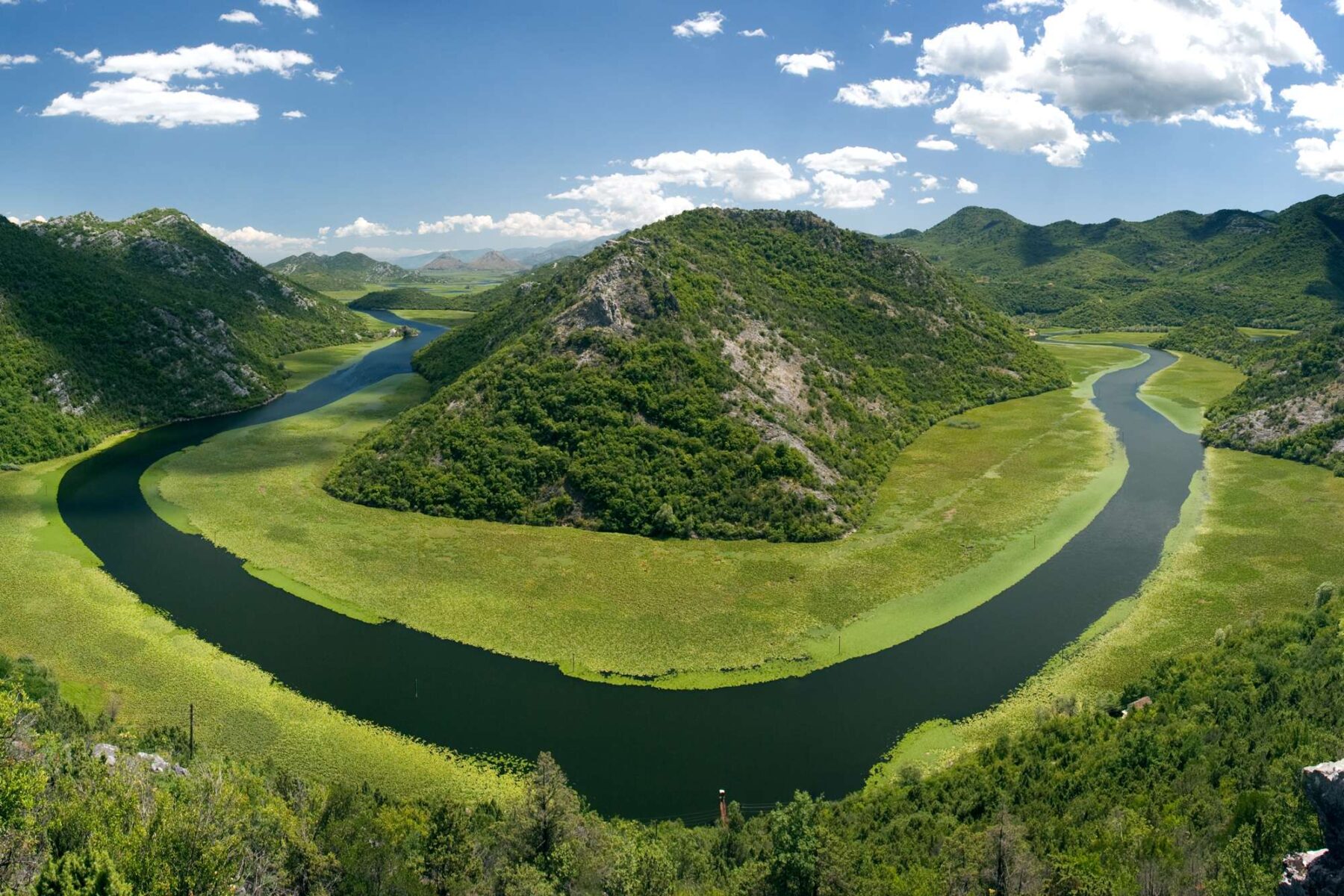
Geography School Trip to Montenegro Montenegro
5 Days from £635pp
Based on 40 students travelling with 4 teachers (free places)
If you're looking for charm and culture, Montenegro is the place to visit. From national parks and tall mountains to crystal clear glacier lakes and enchanting coastlines, every corner of Montenegro has an exciting scene to explore. But beyond the Instagram-worthy landscapes, this small country is bursting at the seams with learning potential for geographers.
Plus, Montenegro is the size of Wales, making it easy to get from one side to another, giving students a glimpse into every part of this spectacular country.
This itinerary gives you an idea of the activities on offer, and our Travel Specialists can tweak it based on your curriculum and budget.
What's included
- Flights to Tivat from UK
- Hold luggage
- 4 nights’ accommodation (coast and countryside)
- Full board
- Expert guide to accompany your group
- All activities in the itinerary below, including Lipa Limestone Caves and Lake Skadar boat cruise
Ask about our approach to Responsible Travel
We believe the benefits of travel should not be lost for the next generation. In order to protect this world we live in and also inspire a new group of young people to fight for our planet, we are developing an approach to Responsible Travel that is founded in facts, empowers young people to take action and involves suppliers at all levels in minimising negative impacts of travel.
We are committed to finding and implementing maintainable strategies which include developing teaching resources, offsetting carbon emissions, benefitting local economies, protecting local cultures and becoming ‘Plastic Clever’ travellers.
We can’t do it alone. Will you join us?
Responsible School Travel“The Azores was a fantastic location to travel to and one I would recommend to everyone... Thank you for providing excellent staff who clearly are passionate about their jobs and the locations. ”
Day
1
Budva Riviera
Upon arrival in Montenegro, you will head straight to the stunning old town of Budva.
As you wander down the narrow streets, it will be easy to see why it is so loved. Budva is one of Montenegro’s most visited cities and a hub of both tourism and traditional culture.
Budva has 21km of coastline and 17 stunning beaches in total. One of these beaches will be the next stop on your itinerary.
Przno Beach used to be the harbour point of a small fishing village. Now, it is best known for its viewing point of the stunning resort of Saint Stefan.
Students will take in the landscape before them, the small fortified island, connected to mainland Montenegro by only a narrow causeway. The collage of 15th-century stone villas is now a luxurious Aman resort. But that doesn’t stop tourists from coming to the viewpoint to photograph Saint Stefan and the deep turquoise sea that surrounds it. This view is now the most photographed area in the whole of Montenegro.
Day
2
Virpazar Village, Skadar Lake National Park, Boat Cruise and Lipa Limestone Caves
Your day begins with a visit to the quaint Virpazar Village. High levels of water can leave this traditional village an island, connected to the mainland by only three old stone bridges.
Virpazar is the starting point for your journey to Skadar Lake National Park. This national park has many defining features including mountains, island monasteries and, of course, the lake itself.
Lake Skadar’s surface is populated with meadows of water lilies’, making the national park’s defining lake appear more like a river than a lake at first glance. Whilst the lake is a true Montenegrin treasure, a third of it crosses the border neighbouring Albania.
Students will get a chance to see this lake from a new angle, as they glide through the clear waters on a majestic boat cruise.
Geologists will delight at the final stop on today’s itinerary. You will visit Lipa Limestone Caves. There are 1.6 miles of passages and halls, making it one of the largest caves in Montenegro.
Day
3
Moraca River – Durmitor National Park – Tara River Canyon – Black Lake and Biograd glacial lakes
Your day will begin with a visit to one of Montenegro’s most mesmerising rivers, the Moraca River.
The deep blue waters and high river banks provide students with plenty of photo-worthy beauty, but as the river weaves its way through the land, it divides the Moracke Planine range from the Sinjajevina Mountain range, showing its geographical worth too.
Continuing your day with more geographic wonder, the next step on the agenda is a visit to Durmitor National Park.
This national park and UNESCO World Heritage Site was formed by glaciers and has 18 glacier lakes, as well as rivers and underground streams. Durmitor National Park also boasts dense pine forests, clear lakes and Europe’s deepest gorge.
Students will get to explore this very gorge, next. The Tara River Canyon, at its deepest, is around 1,300 metres. The sheer drop of the canyon can rival some of the world’s greatest, including the Grand Canyon which is only slightly deeper at 1,600 metres deep on average.
Students will continue their day exploring the national park with a visit to Black Lake, the largest of the 18 glacier lakes. Depending on the time of year you travel, you will either see two completely separated lakes or big and little lakes.
This day will conclude with a visit to the Biograd glacial lake, located within Biogradska Gora National Park. Biograd Lake is the largest of the seven glacial lakes found within this national park.
Day
4
Lovcen National Park, Mausoleum at Mount Lovcen Summit, Perast and Kotor Bay & Kotor old town
The first stop on your final full day is the much-loved Lovcen National Park. Here you will find the iconic Black Mountain, the very mountain that gave Montenegro its name.
Compared to other national parks visited on this trip, Lovcen is relatively small, but its volume of culture, nature and geography is huge. This area is truly unique with two different climate zones (Mediterranean and continental) and there are over 2,000 plants in the park.
Students will even get a flavour of history here as they visit the Mausoleum at Mount Lovcen summit, the burial place for the great Montenegrin leader (and poet), Petar II Petrović- Njegoš.
Next, on to the charming old town of Perast, situated on the Bay of Kotor. Despite having only one main street the small town boasts 17 “Palazzi” and 16 churches, in varying states from ruins, to fully functioning, renovated buildings.
As students take in the scenic view of the beautiful bay of Kotor, they may be surprised to know it’s a little secret. Kotor Bay is often described as Europe’s southernmost fjord, but this is a lie. As the bay was not carved by glaciers and instead was created when rising sea levels drowned an ancient river valley, Kotor is, in fact, a ria.
When you eventually can peel your eyes away from the breathtaking view of the bay, it is time to conclude your school trip to Montenegro by exploring the old town of Kotor. Discover the old town’s icons, such as their beautiful churches and the three city gates. Then simply wander through the narrow cobbled lanes, admiring the bustle of the local cafés and restaurants and observing the local traditions and culture.
Day
5
Depart Tivat airport
Say goodbye to your new favourite destination as you hop on your quick flight back home.
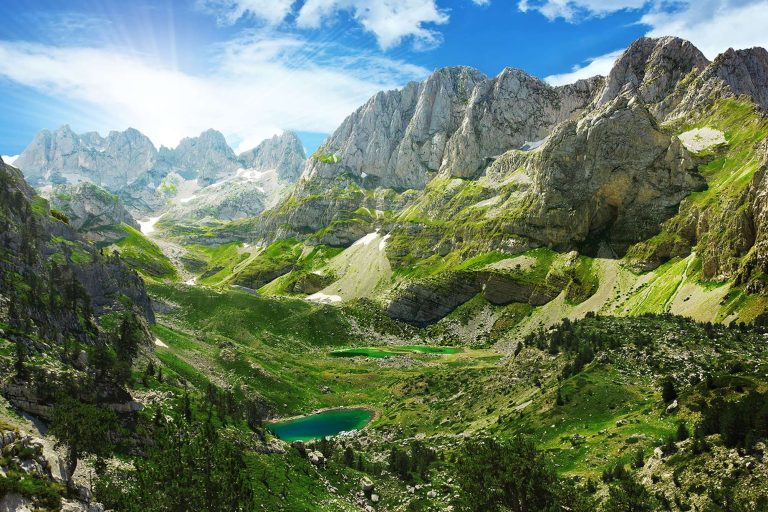
An insider’s guide to Montenegro’s National Parks
Did you know, Montenegro is home to five spectacular national parks?
View all blogs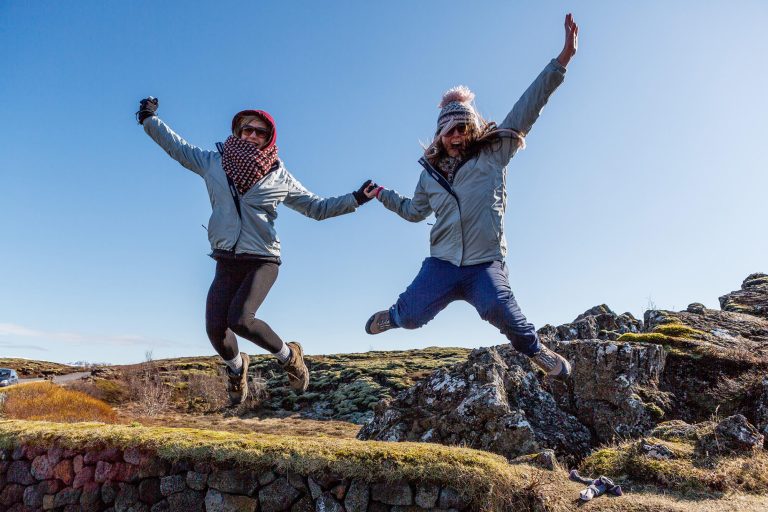
School Trip Planning Hub
We know that the real job of selling a school trip is down to you and your colleagues so we've collated some helpful resources for you to use to make sure you not only get the buy in from your students and their parents, but also that you have all the details you need to ensure a simple planning process.
Launching Your School Trip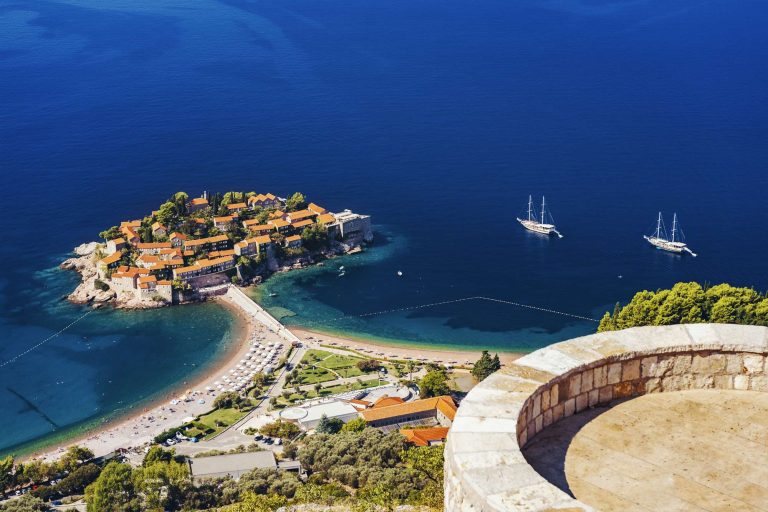
Country Information for Montenegro
Information about Montenegro including the climate, currency, time zone etc...
Read more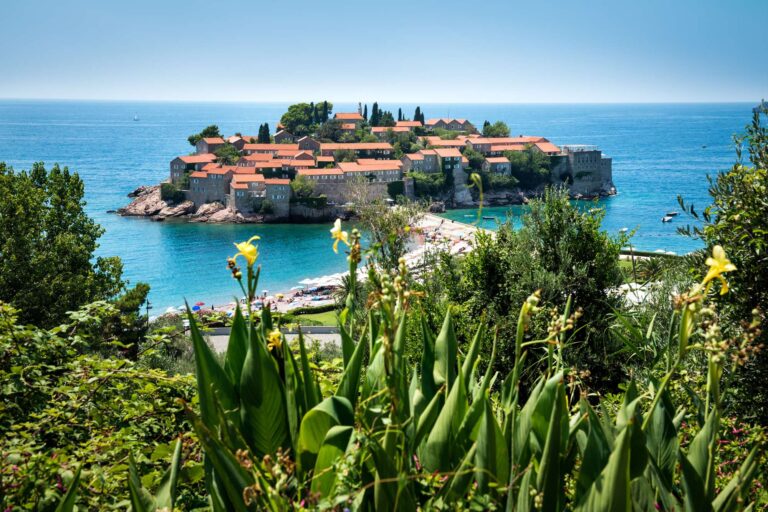
Suggested Kit List for Montenegro
Read more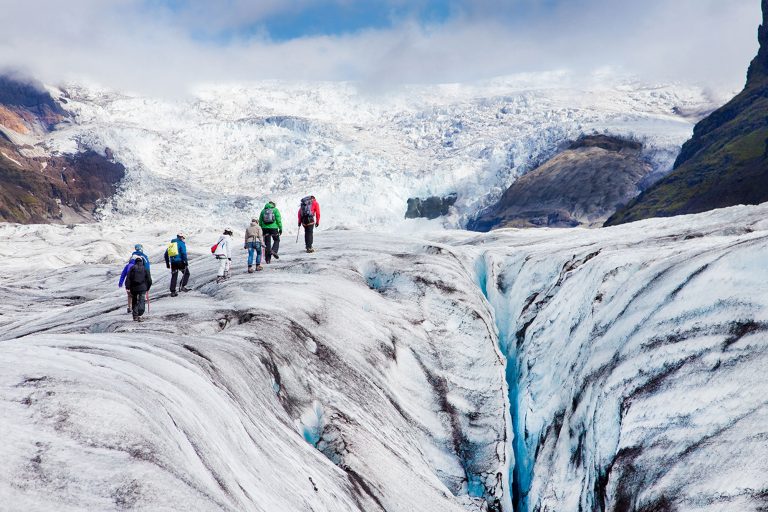
Glaciology Assessment Mats
Read more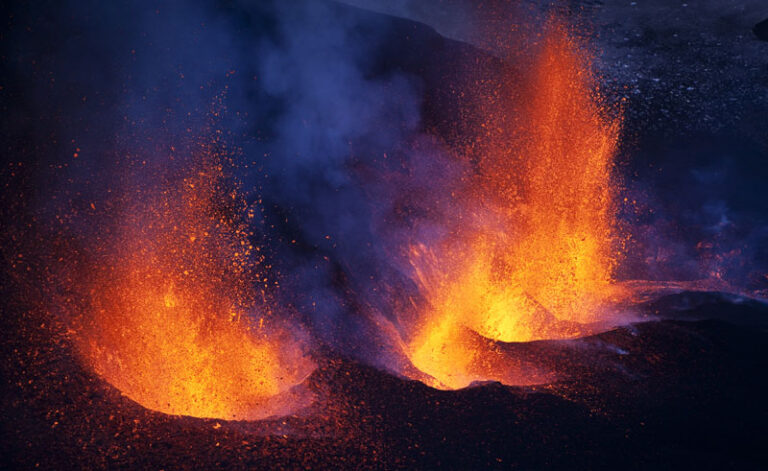
Eyjafjallajokull: A Geography Case Study
The aim of this 15-minute video is to reflect on the eruption of Eyjafjallajokull in 2010 and to look forward to possible future volcanic eruptions in Iceland.
Read more